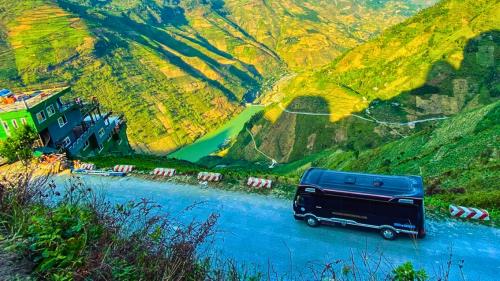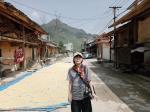Nestled in the remote and majestic province of Ha Giang in Northern Vietnam, the Nho Que River has become one of the most iconic destinations in the country. Though once hidden from mainstream tourism due to its rugged terrain, this emerald river now attracts thousands of domestic and international visitors every year.
So, what is it about Nho Que River in Ha Giang that attracts so many tourists? The answer lies in its unique natural beauty, cultural richness, and unforgettable experiences that no camera can fully capture.
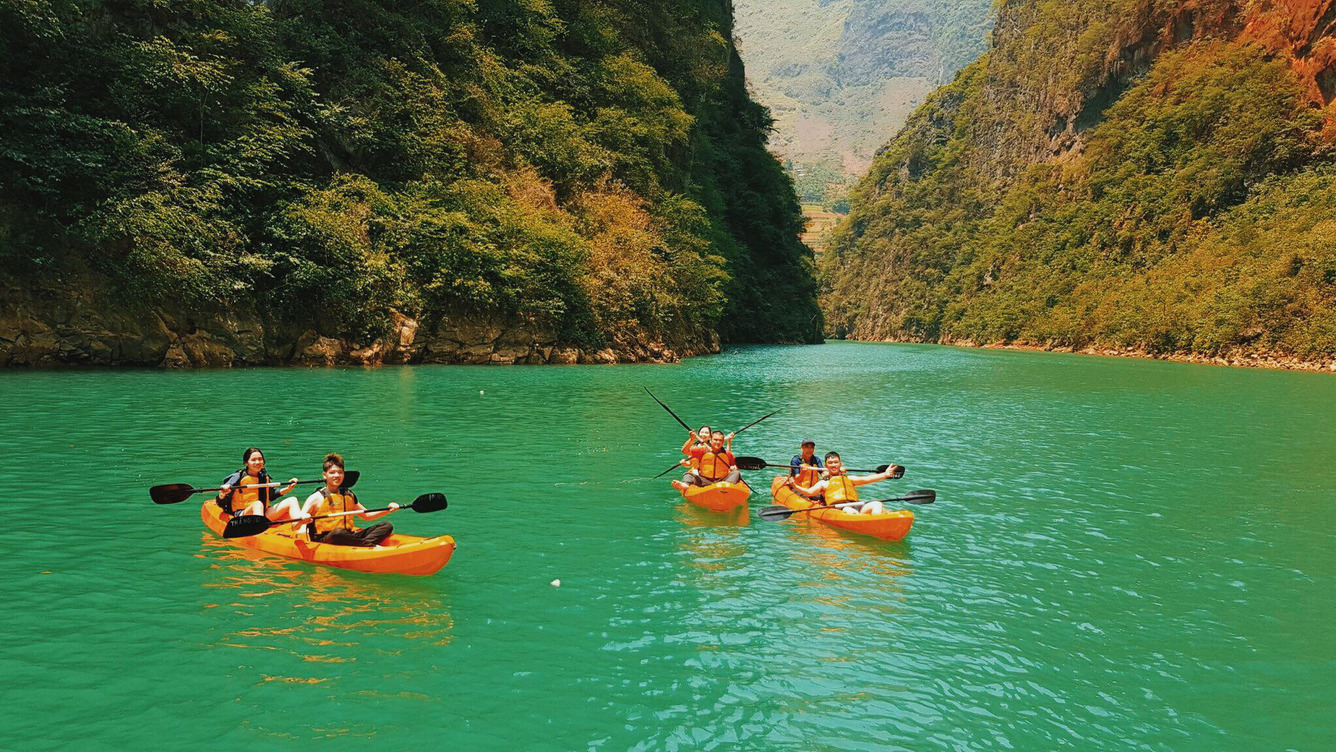
Recommended Tours for You:
A Breathtaking Natural Wonder
The Nho Que River stands out with its emerald green water, winding gently between towering limestone cliffs. The most picturesque section lies beneath the Ma Pi Leng Pass, one of Vietnam’s most legendary mountain passes.
This area forms the Tu San Canyon, which is believed to be the deepest gorge in Southeast Asia, with vertical cliffs rising up to 800 meters. When viewed from above, the river appears like a soft green ribbon running through a dramatic natural amphitheater.
The color of the water, especially during the dry season (October to April), is a vivid, clear green that changes subtly under sunlight, creating a dreamlike atmosphere.
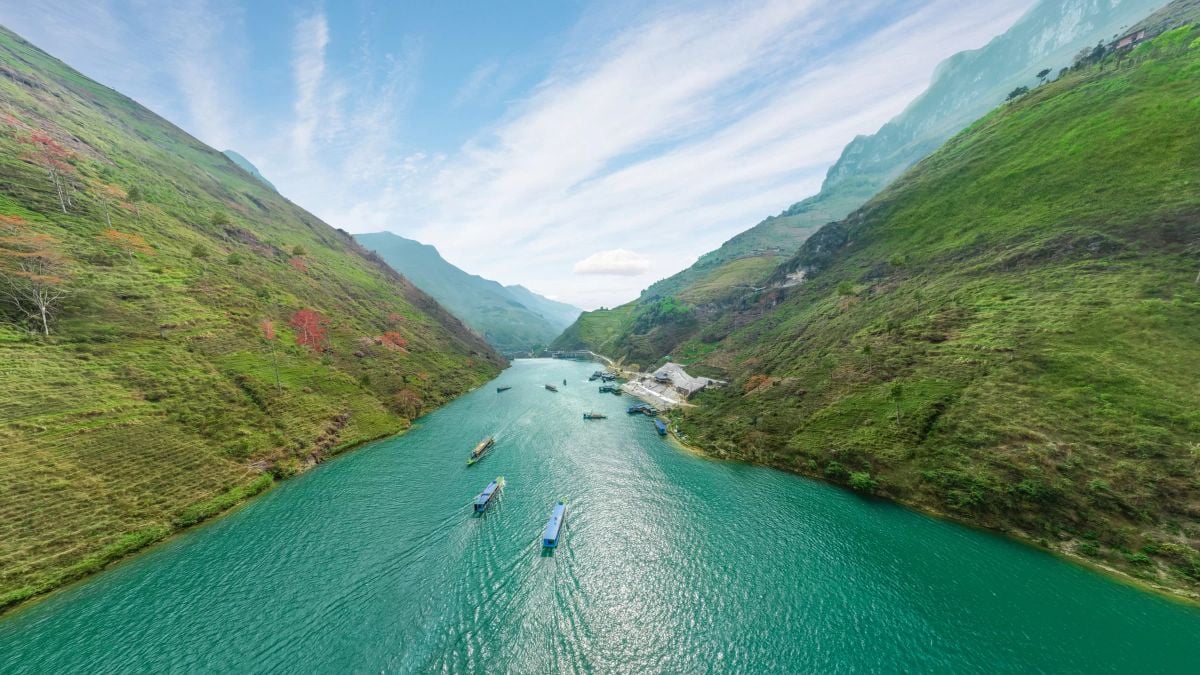
A Must-See Stop on the Ha Giang Loop
For adventurers exploring the Ha Giang Loop — a popular motorbike route through Northern Vietnam — the Nho Que River is a highlight that simply cannot be missed. Located near Dong Van and Meo Vac towns, this section of the loop offers jaw-dropping viewpoints and unique experiences.
Riders often stop at the Ma Pi Leng Skywalk to admire the panoramic view down to the river. From there, visitors can descend to the riverbanks (by foot or motorbike taxi) and enjoy a boat ride through the Tu San Gorge — one of the most memorable parts of the Ha Giang journey.
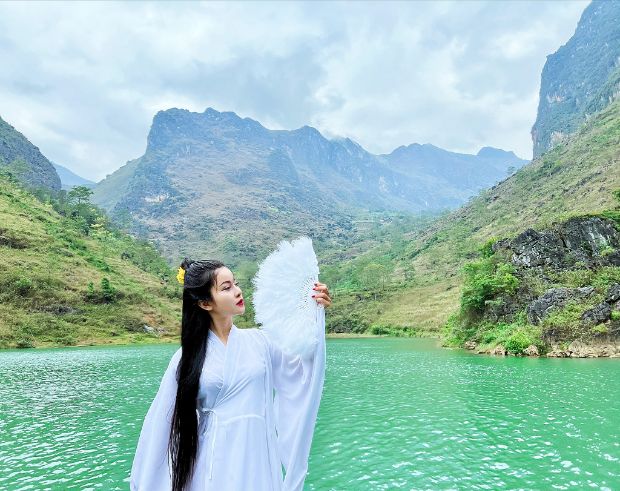
Unique Boat Ride Experience in Tu San Canyon
Unlike popular tourist rivers such as those in Tam Coc or Trang An, the Nho Que River offers a quieter, more adventurous boat ride, managed by local cooperatives in villages such as Ta Lang or Xin Cai.
Sitting on a small wooden boat, you will glide between sheer limestone cliffs, often with mist floating overhead. The silence is profound — broken only by the sound of paddles and the occasional bird call. It’s an experience that brings peace and perspective.
Tourists often say the boat ride feels like entering a different world — untouched, pure, and profoundly moving.
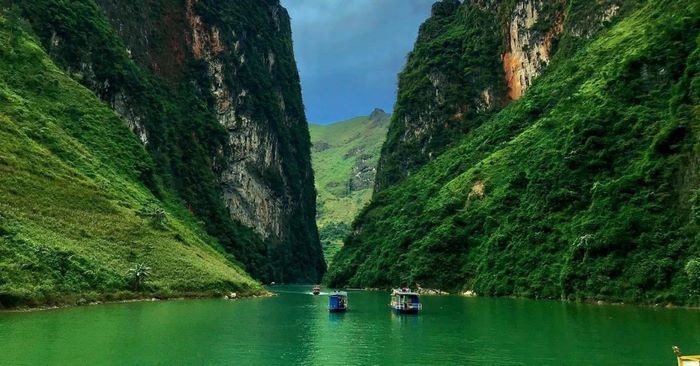
Cultural Richness Along the Riverbanks
The Nho Que River is not just about landscape — it is also a gateway into the diverse and rich culture of Ha Giang’s ethnic communities.
The river flows through lands inhabited by the H’mong, Tay, Lo Lo, and Dao ethnic groups. Along the journey, you’ll see wooden stilt houses, terraced fields, and locals in traditional attire, carrying baskets or herding buffalo.
Visitors often combine their boat ride with homestay experiences in nearby villages, where they can enjoy local cuisine, participate in traditional dances, or simply enjoy a fire-lit evening under the stars.
A Photographer’s Paradise
The river and its surrounding cliffs offer unlimited photographic opportunities. From drone shots above the gorge to close-up captures of reflections on the water, every angle is spectacular.
Particularly in early morning or late afternoon, when the sunlight is soft and the fog gently hugs the cliffs, photographers can create images that look like they came from a fantasy world.
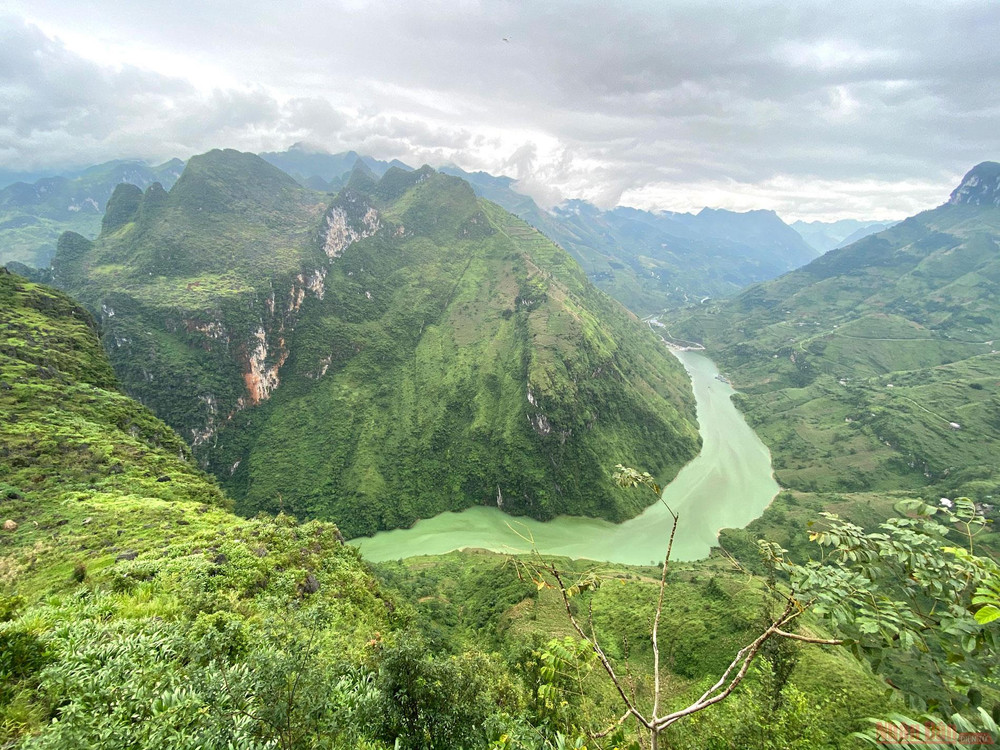
Symbol of Ha Giang’s Wild Beauty
Over the past few years, the Nho Que River has become a symbol of Ha Giang’s natural wonder. Featured in travel magazines, vlogs, and adventure documentaries, it represents the raw, untamed beauty of Vietnam’s northern mountains.
For many travelers, the river marks a spiritual milestone — a place to reflect, breathe deeply, and reconnect with nature.
Easy Access Despite Remote Location
Although Ha Giang is considered a remote region, reaching the Nho Que River is more convenient than many think.
From Hanoi, visitors can take a night bus to Ha Giang City, then continue to Dong Van or Meo Vac by motorbike or car. From Meo Vac, it takes about 30 minutes to reach the river by bike or van.
Boat tickets are affordable (typically 100,000–150,000 VND/person), and the entire experience is well-organized by local people.
When Is the Best Time to Visit Nho Que River?
The dry season (October to April) is the most ideal time to visit. During this period:
-
The water is at its clearest and greenest
-
The weather is cool and dry, perfect for motorbiking and hiking
-
Visibility from Ma Pi Leng Pass is at its best
-
You may also catch the buckwheat flower season (late October to early December) in full bloom across the surrounding hills
Avoid visiting during the peak rainy season (June–August), when roads can be slippery and water levels unpredictable.
Tips for First-Time Visitors
-
Wear comfortable shoes for hiking down to the river docks
-
Book boat tours early if traveling during holidays or weekends
-
Bring cash — local services may not accept cards
-
Respect local culture — dress modestly and avoid littering
-
If you can, stay overnight in Dong Van or Meo Vac to enjoy the atmosphere and avoid rushing
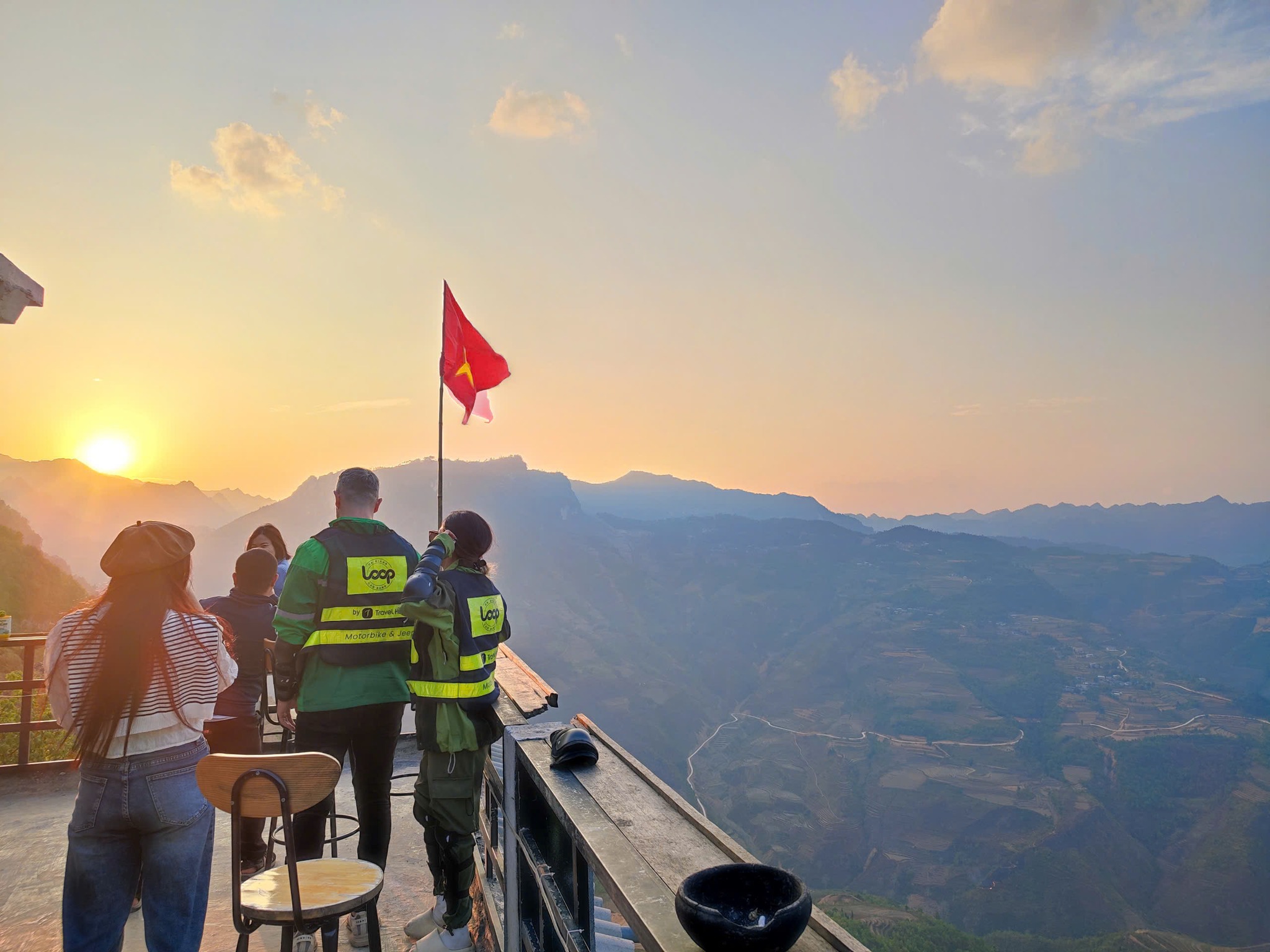
Conclusion: Why Is the Nho Que River So Popular?
So, what is it about Nho Que River in Ha Giang that attracts so many tourists?
The answer lies in its unparalleled natural beauty, serene boat rides, deep cultural immersion, and accessible adventure. It is a place where every visitor — from thrill-seekers to soul-searchers — finds something meaningful.
Whether you're chasing epic photos, peaceful moments, or cultural connection, Nho Que River is not just a destination — it’s an experience that will stay in your memory long after the trip ends.
Plan your adventure today! For more details and personalized support, contact Thelooptours Hotline: +84329196074.



